Welcome to the comprehensive guide on sorting and systematizing your stamp compilation. As an exciting hobby that can accumulate an extensive assortment over time, keeping your collection organized is essential.
This beginner’s guide will cover all the categorization basics for properly arranging your philatelic treasures. Whether alphabetizing by country, categorizing by year, or grouping by common themes, we will detail various methods for systematizing your stamps.
You’ll also discover key supplies and instruments that make displaying and indexing stamps easier. From stamp albums and mounts to storage boxes and cataloging software, find out the essential gear for organizing any accumulation.
Follow along as we provide tips on:
- Effective techniques for grouping stamps in your compilation or records
- Key supplies and stamp collecting tools for neatly showcasing your collection
- Protecting and storing your display albums or logbook
By the end, you’ll have the fundamental know-how around cataloging and arranging your stamps for quick retrieval and attractive presentation. Let’s start learning proper philatelic preservation.
Getting Started: Preparing Your Dedicated Stamp Workspace
Before bringing out those boxes of unsorted stamps, take time to set up an efficient workspace. This allows you to categorize collections methodically without chaos.
Follow these tips for workspace best practices:
Supplies at the Ready
Here’s handy equipment to have on hand:
- Albums, stock pages, mounts, glassine envelopes
- Tongs, gloves, trays
- Inventory lists or cataloging software
- Sorting bowls, dividers
- Good lighting source
Ample Sorting Room
Clear tabletops or large desks allow space to group stamp sets. Avoid clutter. Have a systematic label or divide setup ready for categories.
Comfort First
Chairs should provide lumbar support for long organizing sessions. Proper wrist support and posture prevents strain. Take regular screen breaks if using computer catalogs.
Storage Within Reach
Keep stamps to be mounted, open album pages, and empty sleeves nearby. Having all materials accessible avoids accidents or mix-ups from excessive movement.
Start small if the collection is large – focus on one country or thematic set at a time. Proper preparation makes for smooth mounting.
Effective Sorting Techniques for Your Stamp Compilation
When beginning to systematize your stamp accumulation, one of the first steps is choosing a sorting technique that makes sense for your collection’s size and focus. Here are some of the most popular philatelic sorting methods:
Alphabetizing by Country
For worldwide or geography-focused assemblages, an effective way to categorize is by alphabetizing stamps in order of their originating nation. This allows for easy retrieval of any country’s issues while keeping regional proximity in mind.
Start by grouping stamps by continent or global region. Then alphabetize stamps within each geographic section:
Asia → Cambodia, China, India, Japan, Korea, Laos
Europe → Austria, Belarus, Croatia, Denmark, Estonia
Keep an alphabetical index for quick reference. Leave room between letters to add future acquisitions.
Sort by Theme or Topic
Sorting by thematic categories is ideal for topical collections centered around:
- Flora and fauna
- Transportation methods
- Historical events
- Art movements
Stamps related by their main subject matter or design are grouped accordingly. This technique involves cataloging by both artwork depictions (butterflies, trains) as well as conceptual topics like Olympics, space exploration, royalty, etc.
Keep thematically-related nations/issues together in each category. Include descriptor tabs on album pages.
Chronological Arrangement by Year
Filing stamps by date of issue in chronological order showcases the progression of images, color tones, perforations, and value denominations over the decades.
Most collectors organize old stamps chronologically by year. Further division can occur by:
- Era (Victorian age, WWII)
- Country
- Reign of monarch
When categorizing chronologically, consistency is key. Be sure to verify issuance dates for accuracy. Online catalogs and logbooks help index stamps by year.
Creative Display Ideas for Showcasing Your Collection
Once your stamps are organized and protected according to the methods outlined, it’s time for the fun part – creating an engaging exhibit! Here are creative ideas for showcasing your stamps:
Album Arrangement Considerations
Albums allow customizable displays:
- Arrange album pages to tell a story, like chronological order or transport evolution
- Frame rare showcase pieces on page centers
- Use caption stickers for context
- Ensure consistent page layouts
- Leave negative space between mounts to prevent crowded feeling
Frame Presentation Options
Picture frames lend unique displaying possibilities:
- Group stamps by color stories or common art styles for cohesive framing
- Experiment with eclectic groupings held by specialty corners
- Mix in labels to identify rare pieces or fun facts
- Change out stamp compositions periodically
Exhibition Opportunities
Enter organized collections into regional philatelic society juried competitions and shows. Expert feedback provides improvement ideas for winning blue-ribbon displays.
Take inspiration from museum presentations and catalogues to create interesting exhibit layouts. Careful curation makes displays engaging for you to continually admire and update.
Essential Supplies for Arrangement and Display
Proper philatelic tools enable tidy stamp presentation while protecting your prized possessions. Ranging from albums to keep pages in order to mounts and pages, here is key gear to effectively systematize any stamp collection:
Instruments – Tongs, Gloves, Trays
Delicate handling prevents damage when sorting loose stamps. Collecting tongs securely lift stamps by the edges. Cotton gloves prevent skin oils and dirt from transferring. Portable trays hold stamps for comfortable viewing.
Albums – Bound vs. Loose Leaf
Albums neatly exhibit a categorical stamp collection:
- Bound albums allow traditional display but offer less flexibility.
- Loose leaf albums with removable pages permit reorganization. Archival pages help preserve.
- Consider page number needs for expansion. Leaving 25-50% free pages helps collections grow.
Mounting Stamps – Hinges vs. Modern
Hinging stamps to album pages has historically secured them for viewing. But modern mounts now better protect stamps:
- Hinges still work but can yellow over time and damage stamp gum.
- Modern mounts use clear sleeves or corner pockets, preventing wear. They allow both sides to be viewed without adhesive touching stamps.
Inventory Software
Cataloging the stamp accumulation provides a searchable record for indexing:
- Software logs acquisition dates, condition, values, sellers
- Can generate detailed want lists for buying
- Helps assess current total collection worth
The right instruments and albums allow proper storage, viewing, and tracking as your compilation grows. Protect stamps while displaying them attractively for yourself and fellow philatelists to admire.
Protecting and Storing Your Stamp Collection
Proper storage and careful handling keep your stamp catalogue or compilation in optimal condition over the long term. Follow these preservation best practices:
Archival Stamp Protectors
Specialty sleeves prevent wear:
- Glassine envelopes or acid-free archival sleeves protect against moisture/oils from fingers
- Use stamp dealers’ glassine packages for temporary protection until mounted
- Avoid PVC plastics – stick with glassine or polyester for chemical safety
Climate Control for Storage Areas
Storage spaces for albums/boxes require temperature/humidity monitoring:
- Ideal conditions: 68-72°F (20-22°C) and 45-50% relative humidity
- Avoid temperature fluctuations and dampness
- Consider using portable dehumidifier packs
- Closed cabinets provide dust protection
Inventory Lists for Cataloguing
A documented index serves as a catalogue reference for your stamps:
- Logbooks manually record album page #, country, year, description
- Cataloguing software tracks extensive details like year, perforations, value, grade, storage location
- Back up inventory records to safeguard data
Accurately inventorying with detailed descriptions aids identification if questions ever arise. Recording storage locations enables easy access to specific boxes, albums or pages when verifying or retrieving stamps.
Key Takeaways for Effectively Systematizing Your Collection
Organizing your stamp assortment takes time but is incredibly rewarding. By categorizing your compilation thoughtfully, stamps become easier to admire, share, and preserve for generations.
Follow these best practices:
Logical Grouping
Use clear sorting principles from the start – by country, year, theme, etc. Consistent structure aids indexing stamp accumulation. Leave room to add more.
Quality Archival Supplies
Invest in acid-free pages and mount sleeves to prevent wear. Proper albums, dividers, trays make handling safe and organizing seamless.
Climate Control
Monitor temperature and humidity in storage areas. Stable, cool conditions prevent stickiness and paper damage over decades.
Catalogue for Quick Reference
Detailed inventory logs by album/page location streamline finding specific stamps quickly in large collections. Back up digitally.
For high quality albums, mounts, and more stamp organizing tools:
- Shop recommended products at Archival Quality Supplies
- Browse top specialty stores like Wizard Coin & Stamp Supply
With attentive care and strategic systemizing, your stamp compilation will endure as a treasure for generations. Enjoy pursuing ever-elusive additions

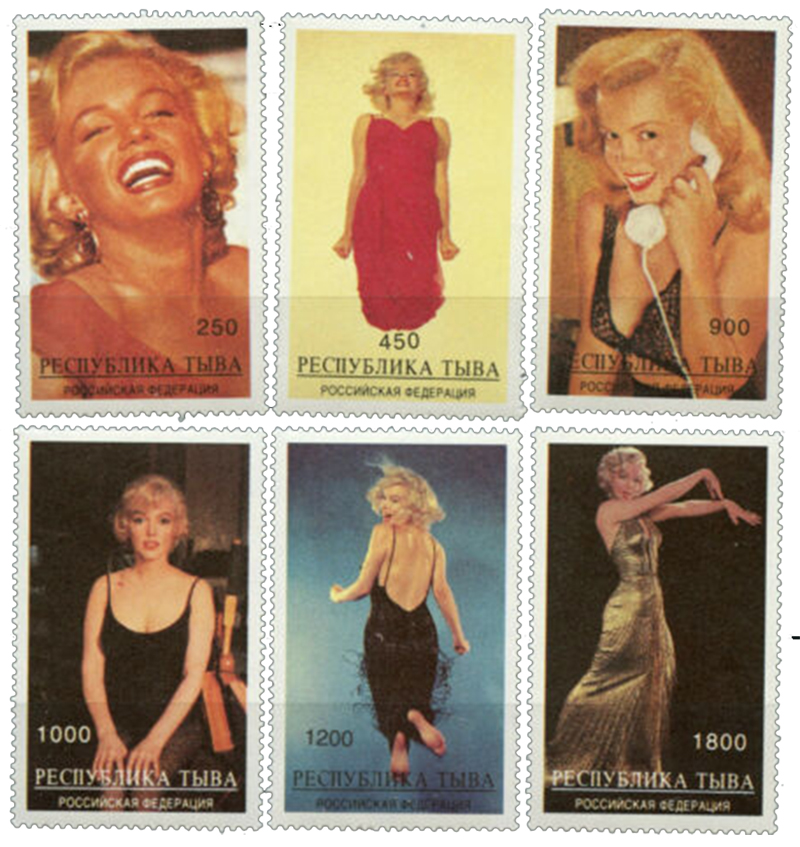
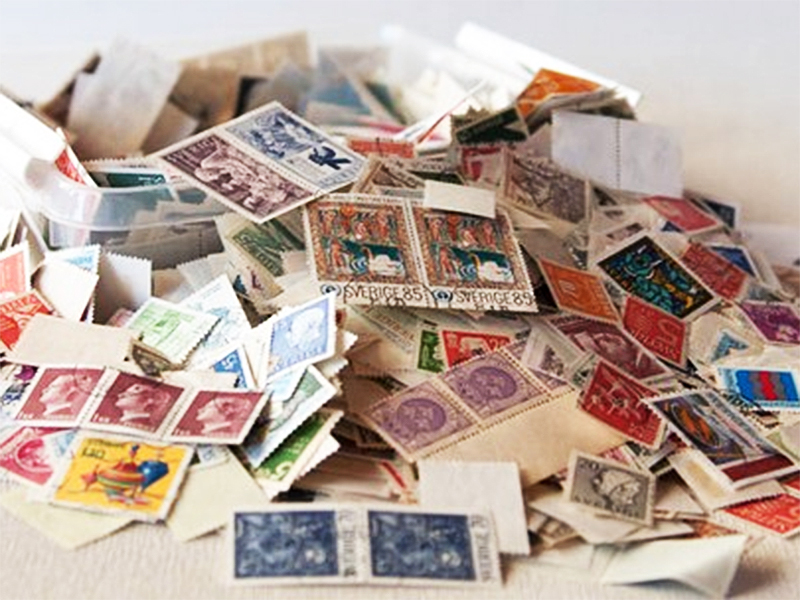
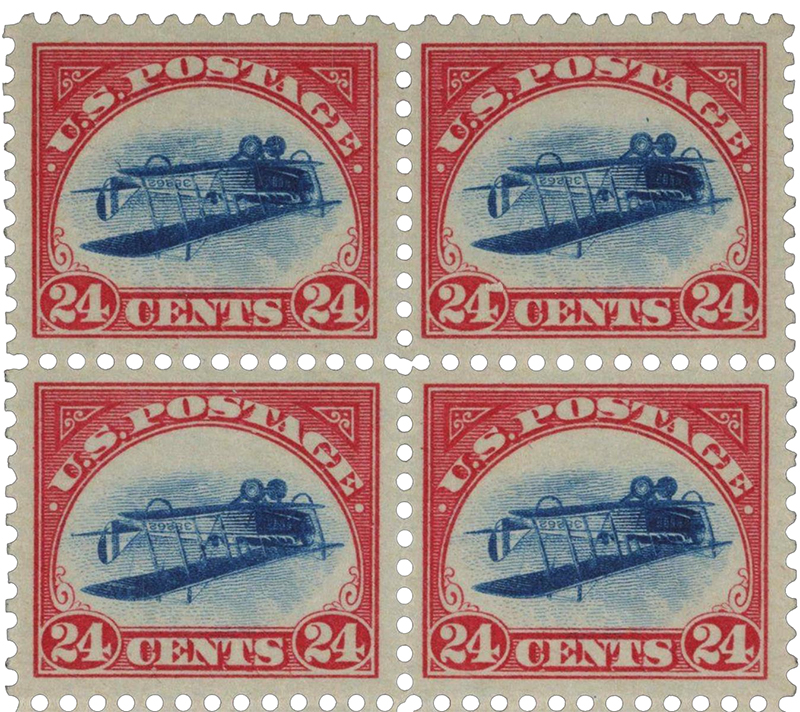
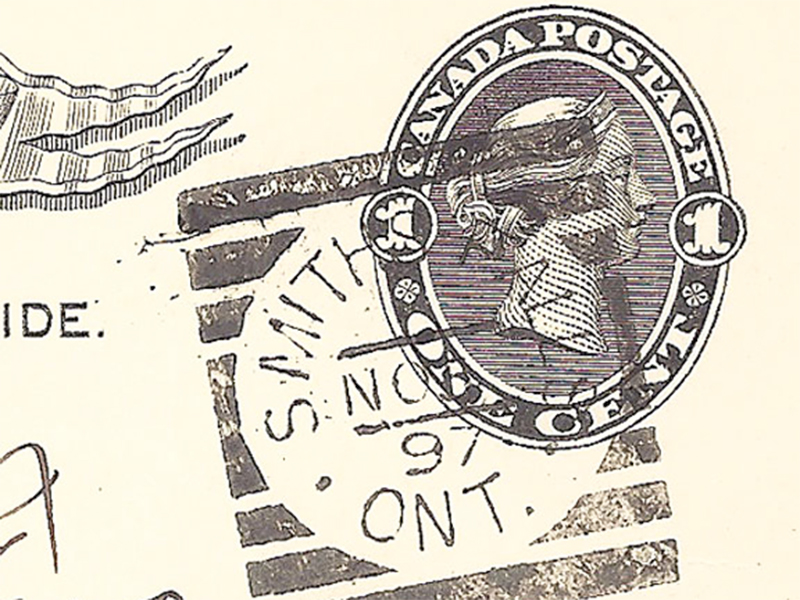
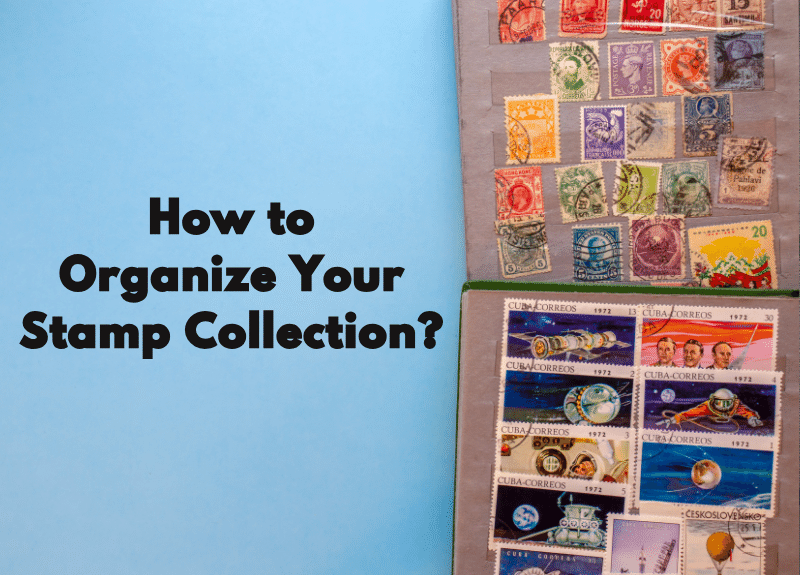




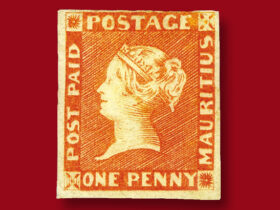
Leave a Reply